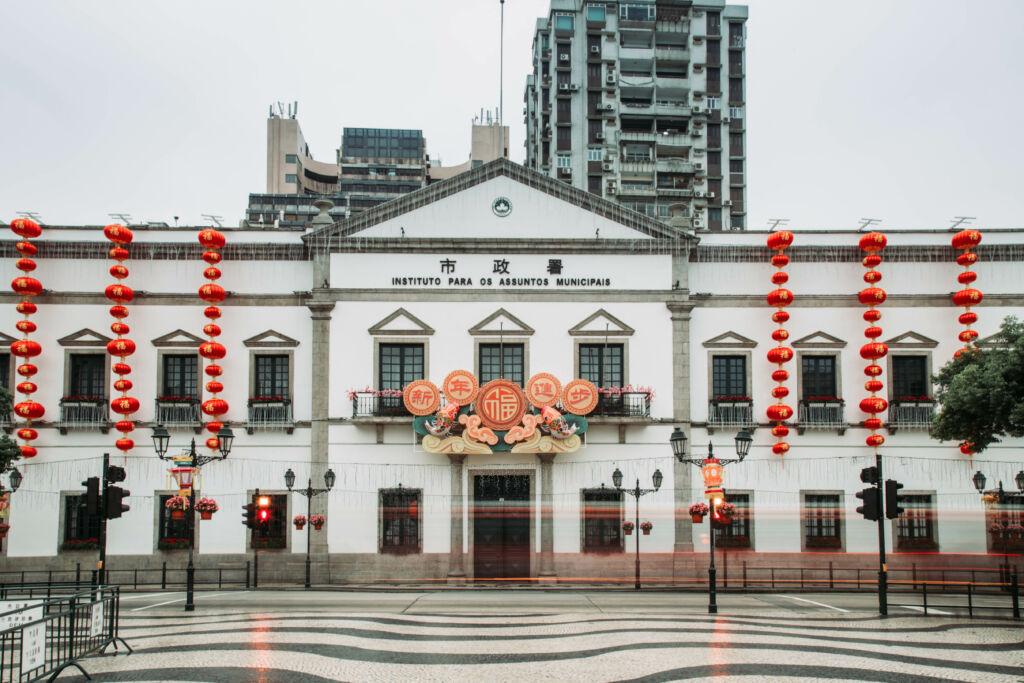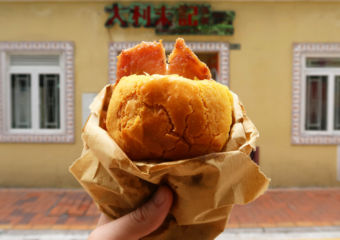Located in Senado Square, the building with the same name is undoubtedly the central core of Macau and the city’s heart and pulse. The building was initially the home of the Macau Senate, later called “Leal Senado” which translated into “the loyal senate”. Political powers were in place way before this building hosted Macau’s municipal–and main–chamber, but it wasn’t until later in time that it became a symbol of the ruling powers; either political, social or commercial.
The name derives from a saying by the Portuguese administration sometime around the 17th century: “Cidade de Santo Nome de Deus de Macau, Não Há Outra Mais Leal”, which translated means something like “City of Godly Name Macau, There’s No Other More Loyal”. Still not understanding why this expression? It was given by Portuguese king D. João IV in 1654 as a compensation for the local population’s loyalty to Portugal during the Philippine occupation–a time in history when Spain’s king also ruled the neighbouring country.
Macau was the only region, across all Portuguese territories at the time (including ultramarine), that never hoisted the Spanish flag. However, Macau’s municipal chamber just started being called Leal Senado in 1810, by orders from Portuguese king D. João VI, after the victory of the city against the Chinese pirates led by Cam Pau Sai, then one of the area’s most feared pirate.
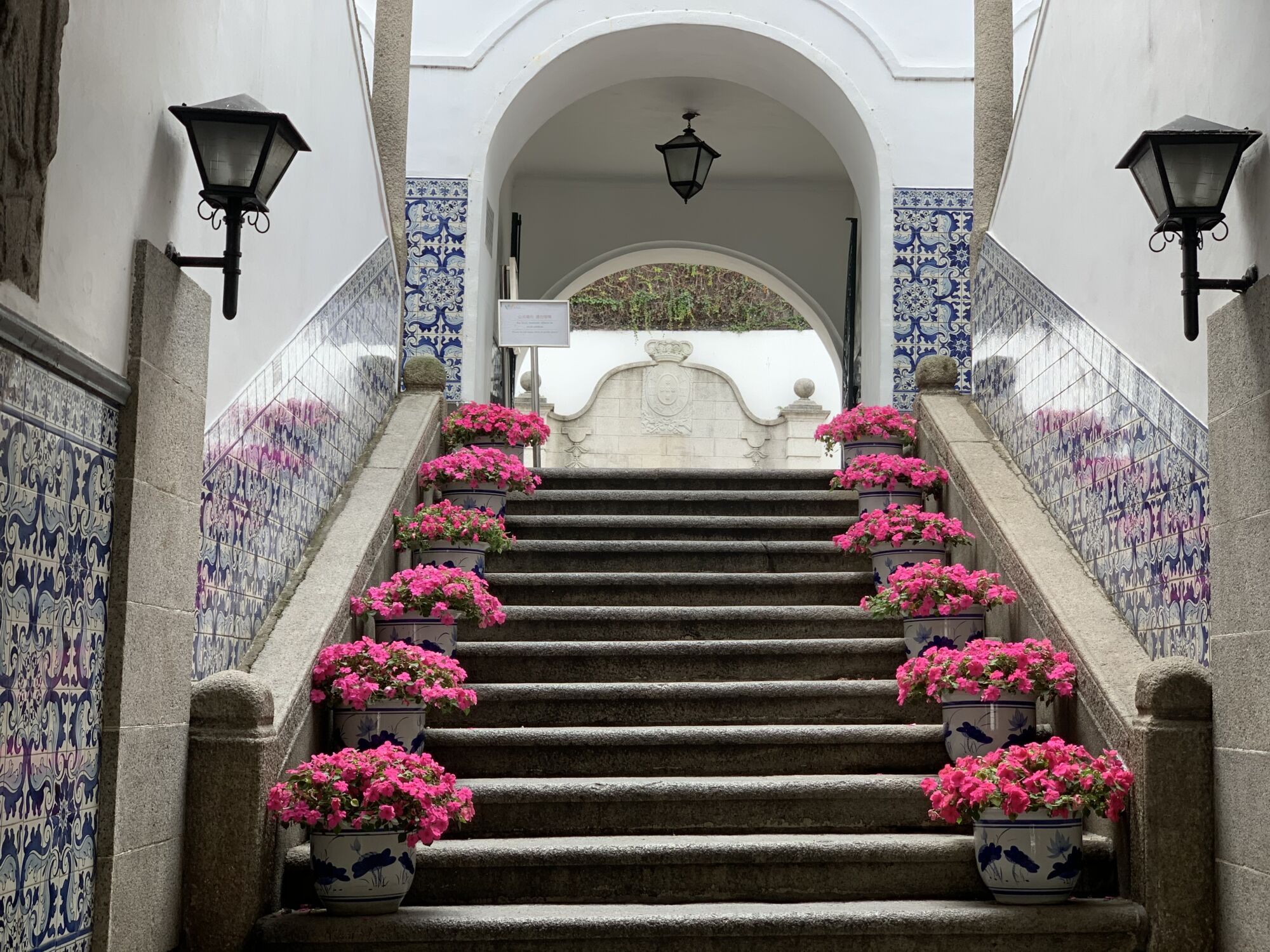
Centuries of History
Nowadays, it houses the Macau Municipal Affairs Bureau, a Macau governmental department. It is more than 400 years old and has seen many changes throughout the years. It all started in the 17th century and from then on, we have nothing more than reports and a Chinese engraving on a Macau monograph published in 1751. The reports indicated that the building was mainly a brick and stone structure with a walled Chinese-styled courtyard, as also described in the Bureaus’ website.
Later, as reported in documents that are archived in the Senado’s literary estate–more precisely in 1783–a new renovation project for the building was submitted. It started in the following year and it also included an extension of the old building, all done in a baroque style, native to Italy in the 16th century and widespread in Portugal from the 17th to mid 18th century.
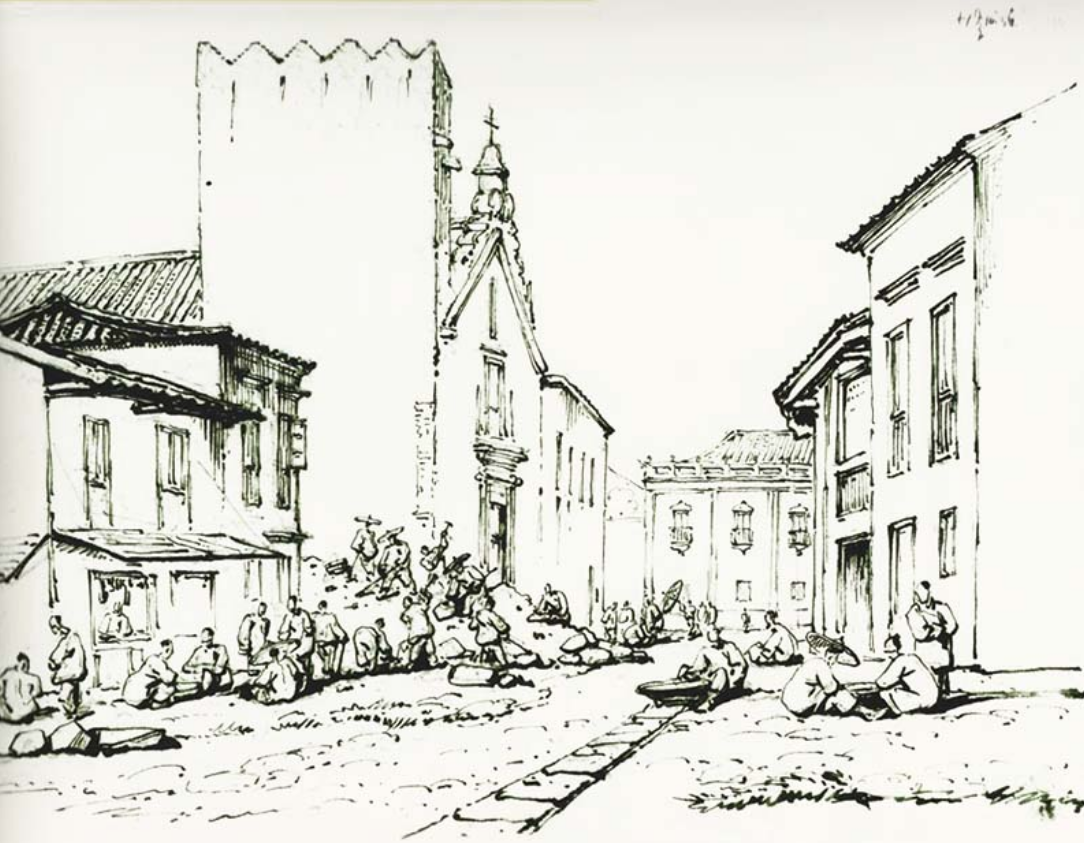
Other reports from that time refer to a two-story building made of granite, bricks, and lime, with Chinese character engravings, and an 1830 painting from the well-known Englishman George Chinnery also helped proving that the building looked very similar to the one we know now.
Rebuilding After Collapsing
In 1940, the building witnessed its last major renovation. It was especially dedicated to the restoration of its condition, major works on the façade and the finishing of the interior work for the library, conference room, and chapel. Some of those interior areas are richly decorated and make the visit to the building even more interesting.
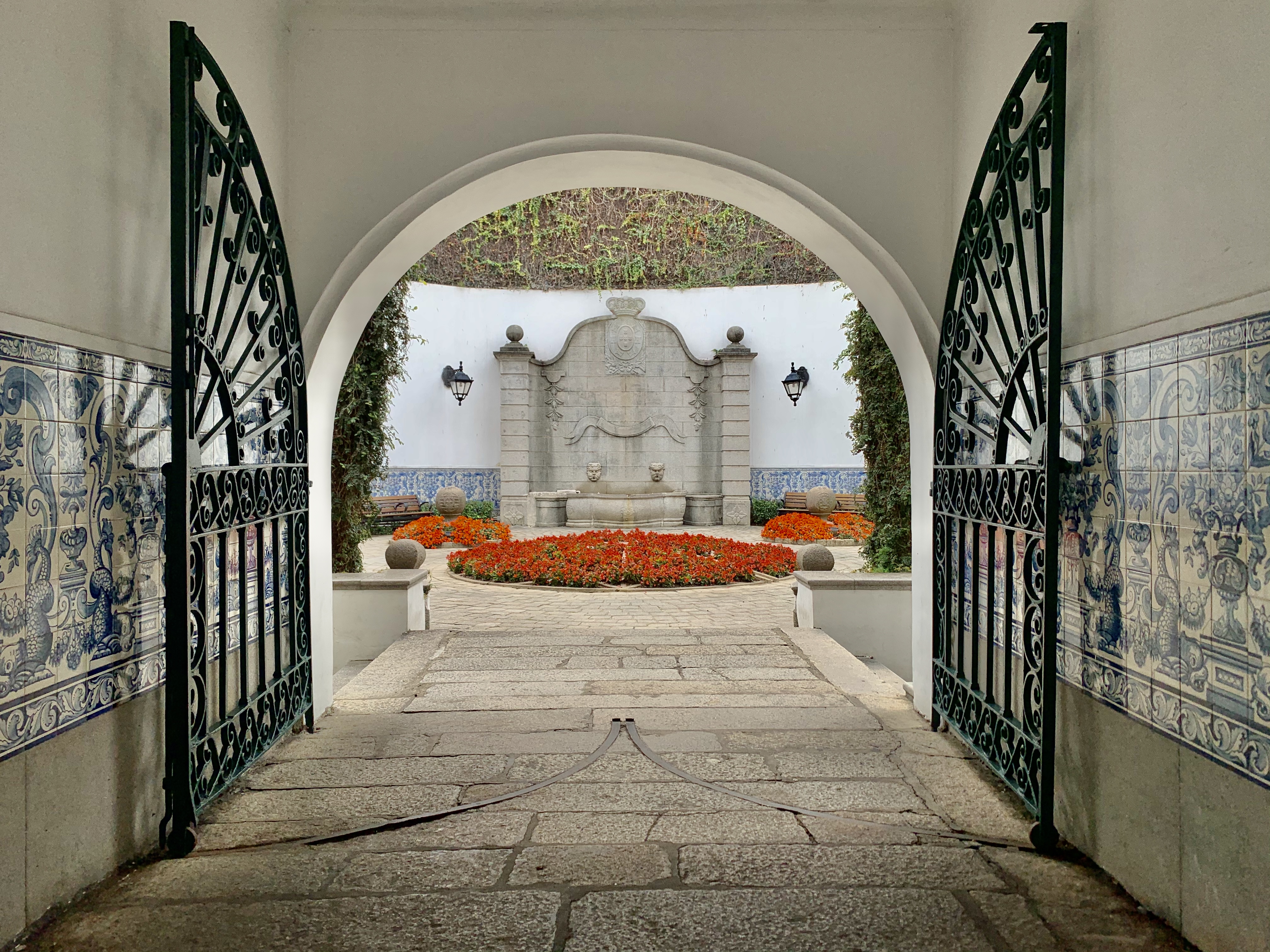
The library keeps incredibly rich pieces of the city’s history, as well as old newspapers one can check and read. Leal Senado’s architecture is quite relevant to understand the kind of architecture that came from Europe which inspired countless other buildings all across Macau. Besides the library–inspired on Portuguese Mafra Convent’s library and including official documents from the 17th century until today–beautiful gardens and inscriptions and a stunning meeting room at the upper floor, Senado building also includes the statues of two statues Portuguese writers.
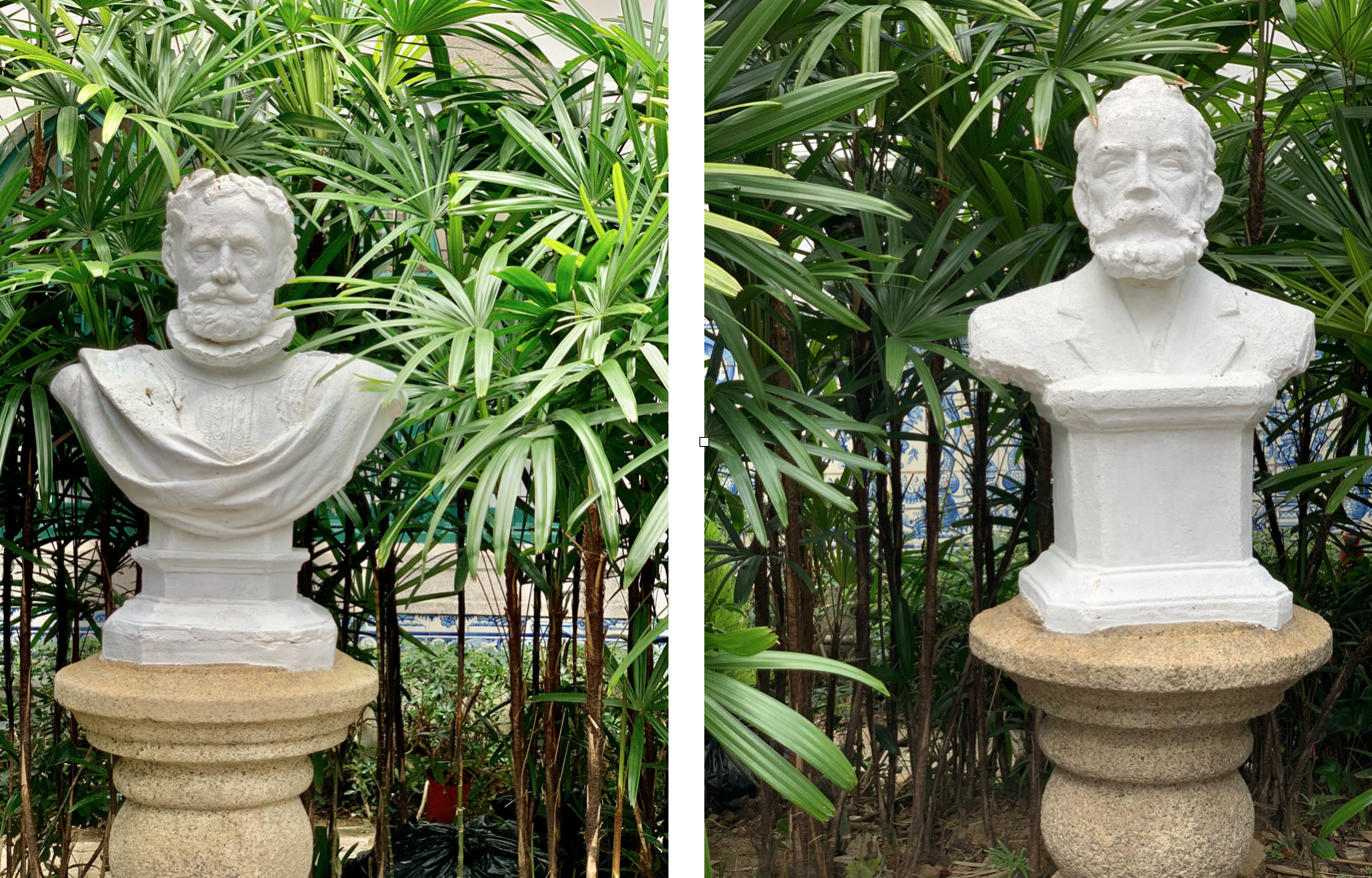
Most of the Senado building’s appearance is maintained from its original look until today–as well as its main basic structure like the master walls–which grants it a prestigious place in the list of historical monuments of the Historic Centre of Macao and in the UNESCO’s World Heritage List in 2005.
Opening hours: Daily 9:00am–9:00pm, entrance is free
Senado Building 163 Av. Almeida Ribeiro, Macau, macaotourism.gov.mo/sightseeing

